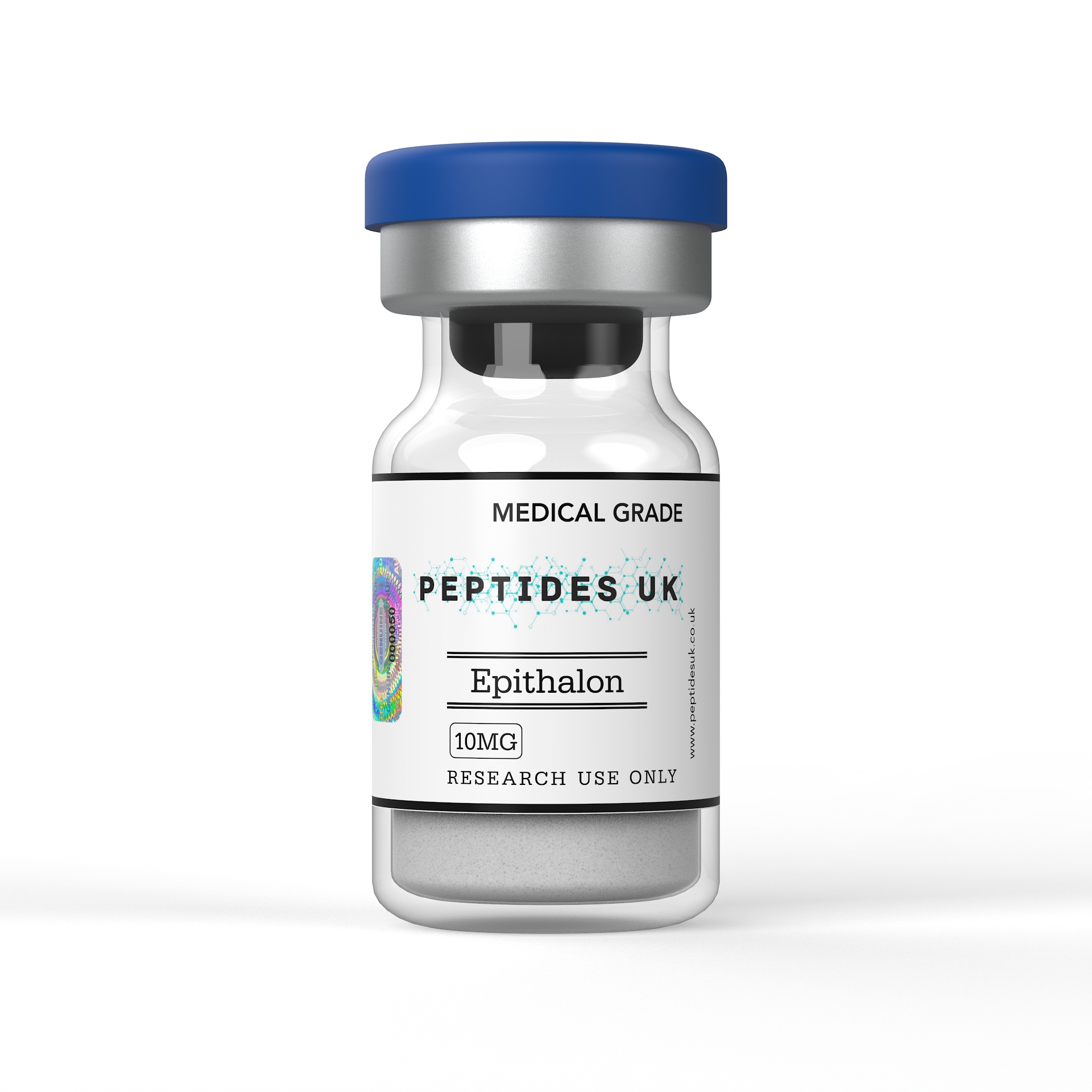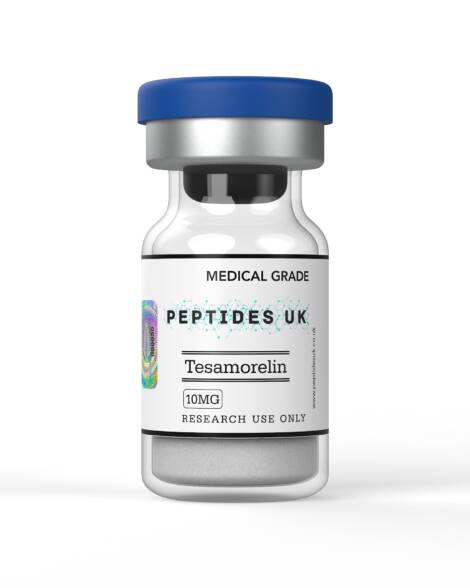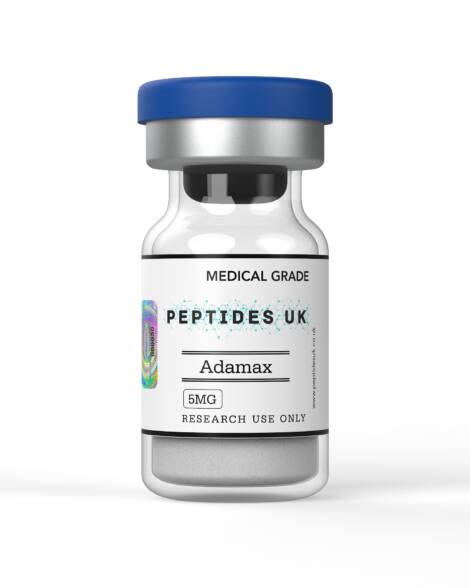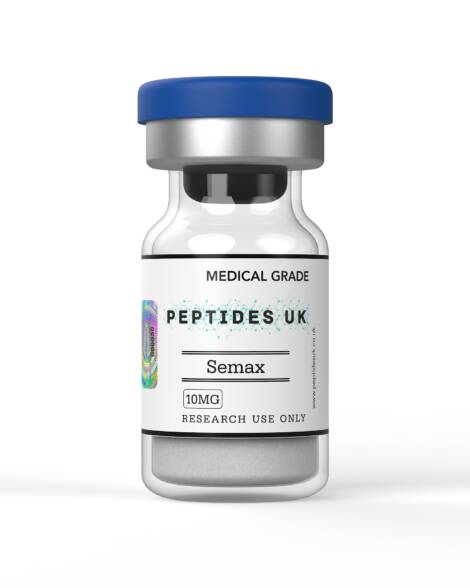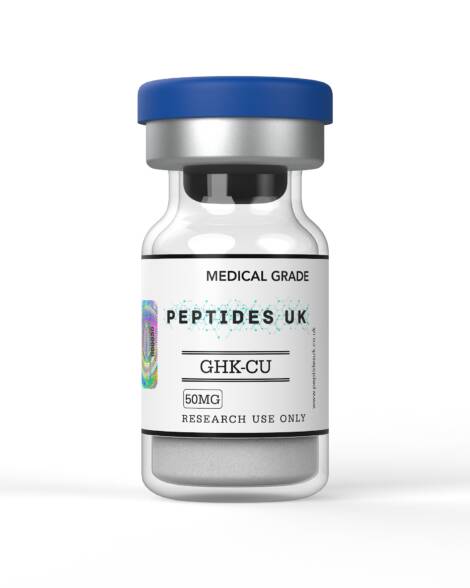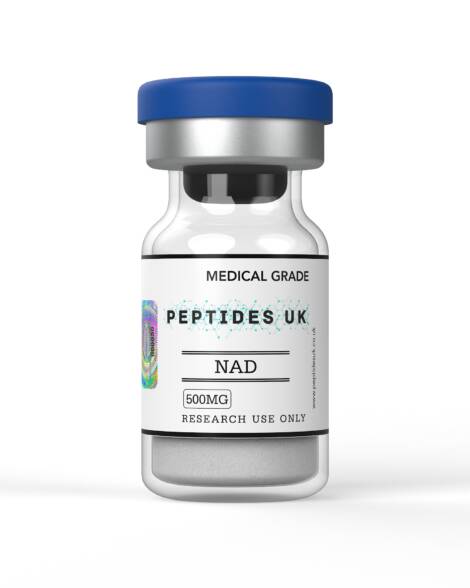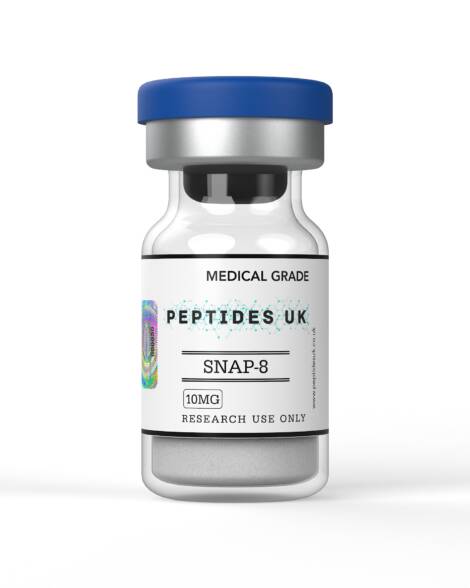Epithalon
£19.99
If you are looking for a Certificate Of Analysis, please email research@peptidesuk.co.uk to have it sent to you.
Please Note: Many sites are displaying counterfeit COAs, so ours is provided upon request.
You may also like…
Product Description
Epithalon (also known as Epitalon or Epithalamin) is a synthetic tetrapeptide (Ala-Glu-Asp-Gly) derived from the natural pineal peptide epithalamin. It has been widely studied in anti-aging research due to its role in telomerase activation, cellular rejuvenation, and potential life-extension effects. Researchers have investigated Epithalon for its regenerative influence on the pineal gland and the modulation of melatonin secretion, oxidative stress, and DNA repair.
Key Benefits (Research-Based):
-
Stimulates telomerase activity, which may help extend telomere length — a key marker associated with aging.
-
Supports pineal gland function and regulates melatonin production, improving circadian rhythm.
-
Shown to reduce oxidative stress, promote DNA repair, and maintain cellular stability in aging tissues.
-
May delay age-related diseases and support immune and endocrine system balance in preclinical studies.
-
Demonstrated anti-tumor and anti-carcinogenic effects in select animal studies.
Research Applications:
Epithalon is used in longevity, neuroprotection, anti-aging therapy, and reproductive health studies. Its influence on telomere preservation, pineal function, and systemic aging makes it a subject of interest for life-extension science.
Molecular Details:
-
Peptide Sequence: Ala-Glu-Asp-Gly
-
Molecular Formula: C14H22N4O9
-
Molecular Weight: 390.35 g/mol
-
CAS Number: 307297-39-8
-
PubChem CID: 9969099
Storage & Stability:
-
Store lyophilized peptide at -20°C in a dry, dark environment.
-
Reconstituted solution should be used within 20 days when stored at 2–8°C, and frozen for longer durations.
Disclaimer:
This product is intended for laboratory research only. It is not for human consumption or therapeutic use. Always handle peptides using appropriate lab protocols.

